Tourist route through the main pilgrimage objects of Tashkent
Tashkent is getting prettier every day. But few people know that Tashkent is not only a modern metropolis, but also the oldest city in Central Asia with a deep history, with ancient centers of Islam, where you can take a ziyarat tour.
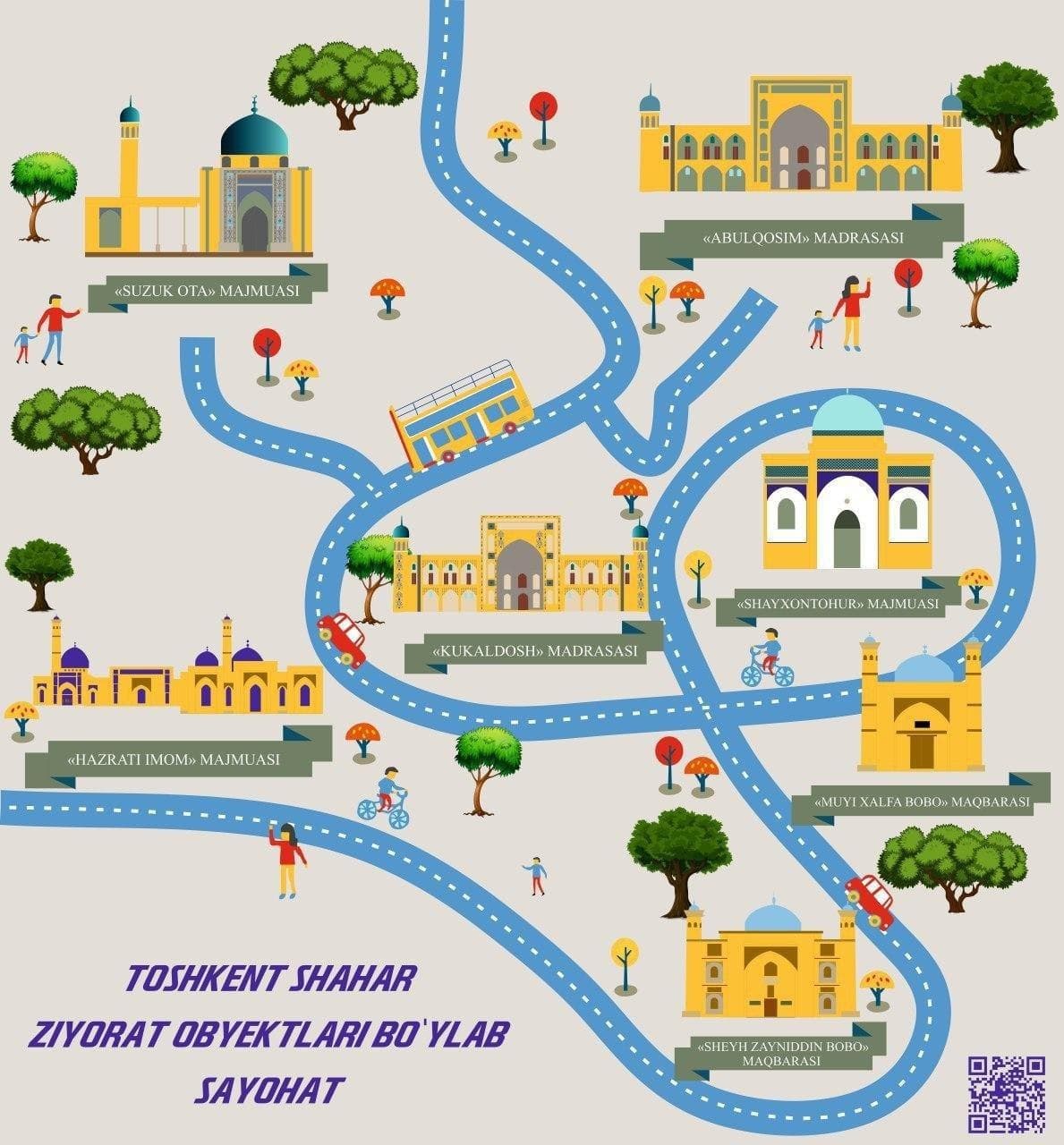 Source: Department for Tourism Development of Tashkent city
Source: Department for Tourism Development of Tashkent city
We offer you 7 top attractions for pilgrimage in our beautiful city.
Suzuk Ota Complex
The Suzuk-Ota Ensemble is an architectural complex in Tashkent, dedicated to the noble mentor of all Suzuk-Ota artisans. This man was known throughout the entire district of the city and even beyond its borders. Suzuk-Ota was famous for his talents, ability to rally the people, beneficent deeds, which caused great respect among the locals. The complex consists of a mosque and a mausoleum, built during the reign of Amir Temur in 1392. In 2019, a major reconstruction of this religious building took place.
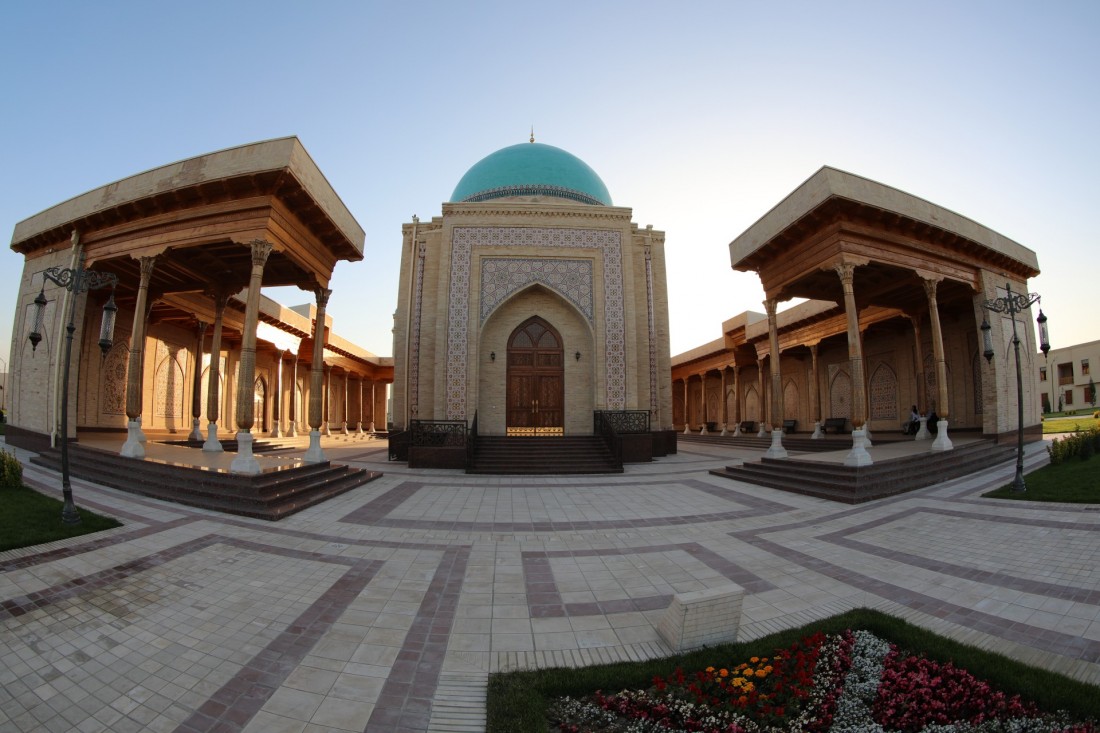
Abulkasym Sheikh Madrasah
The building in the style of the Eastern Renaissance - the madrasah of Abulkasym-sheikh was founded in the first half of the XIX century. It is located in one of the districts of old Tashkent. Many stories and legends are connected with the name of Abulkasym-sheikh. At the end of the XIX century, a plague epidemic raged in Tashkent. And in parallel, a mass uprising of local residents was being prepared in the city against the onslaught of the new government in Turkestan. The angry Governor-General ordered an artillery bombardment of the old city. The well-known religious and public figure Abulkasym-eshon, having learned about this, came to the Governor-General with a petition and convinced him that the rebellion was not the fault of the common people, after which the general canceled his order. Abulkasym himself later died of the plague.
Sheikhantaur Complex
The Sheikhantaur Ensemble is a large architectural complex located in the old part of Tashkent, inside which the mausoleum of Sheikh Hovendi at-Tahur is located. Sheikh Hovendi at-Tahur was born in the XIII century. He was a Seyid, a descendant of the Prophet Muhammad. His father, Sheikh Omar, a direct descendant of Caliph Omar ibn al-Khatab, was an ordained Sufi, and arrived in Tashkent at the end of the XII century with the aim of spreading Islam in Central Asia.
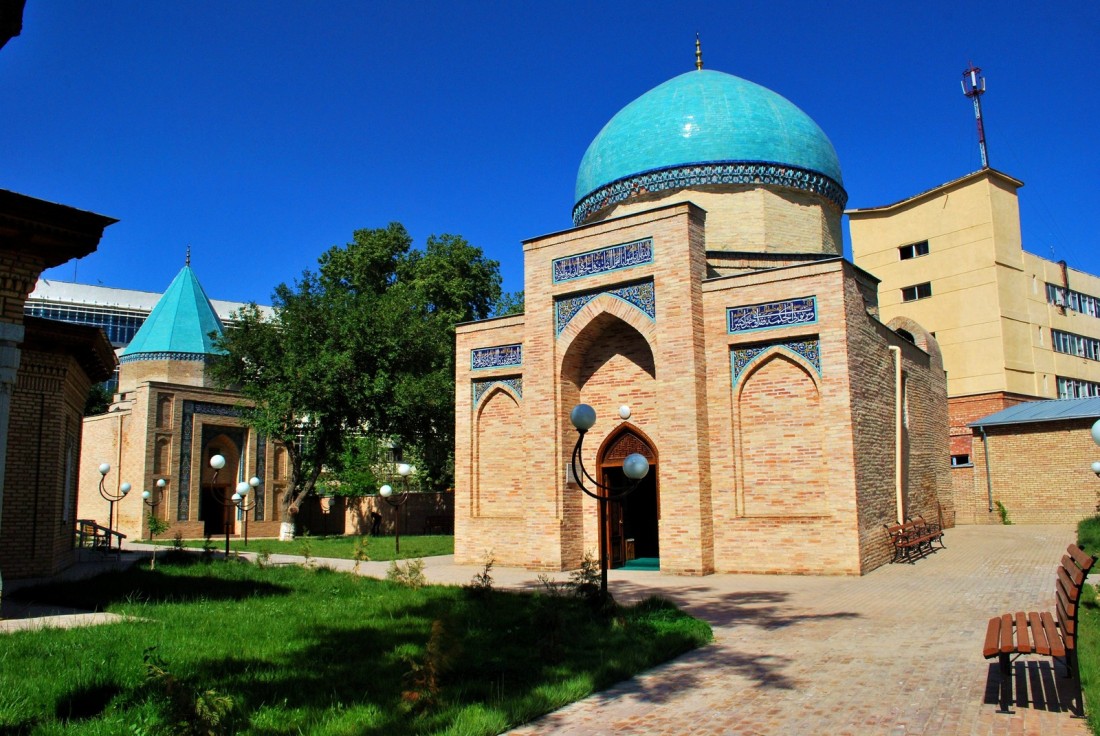
According to legend, Sheikh at-Tahur traveled to the city of Turkestan (in present-day Kazakhstan), where he learned the basics of Ahmad Yassavi's philosophy. After a long journey, he returned and settled at the holy spring, with which another beautiful legend was associated. Once upon a time, the water of "eternal life" gushed from this spring, and on its shore, in the shade of trees, Iskander Zulkarnai himself, that is, Alexander the Great himself, rested. And before the arrival of the Arabs here, there was a temple of Fire and Water. Sheikh at-Tahur himself was buried at this place. A tree has been growing at his grave for many thousands of years. The trunk of this tree has been preserved to this day. The first building of the complex at the grave of Sheikh Hovendi was built in the Timurid era.
Kukeldash Madrasah
One of the main architectural attractions of Tashkent - Kukeldash Madrasah was built in the XVI century and is located in one of the old parts of the city. This historical object got its name from the name of the chief vizier, who had the nickname "kukaldosh", which means "foster brother" in Turkic. He was a confidant of the Tashkent rulers Barak Khan and Dervish Khan.Many legends are associated with the activities of the madrasah. According to the long-livers of the district, public executions used to be carried out on the territory of the madrasah. Unfaithful wives were thrown from the highest minaret to teach a lesson and shame the local population. According to another legend, a sprawling pistachio tree once grew here, it was considered sacred, as it grew on one of the domes of the madrasah.
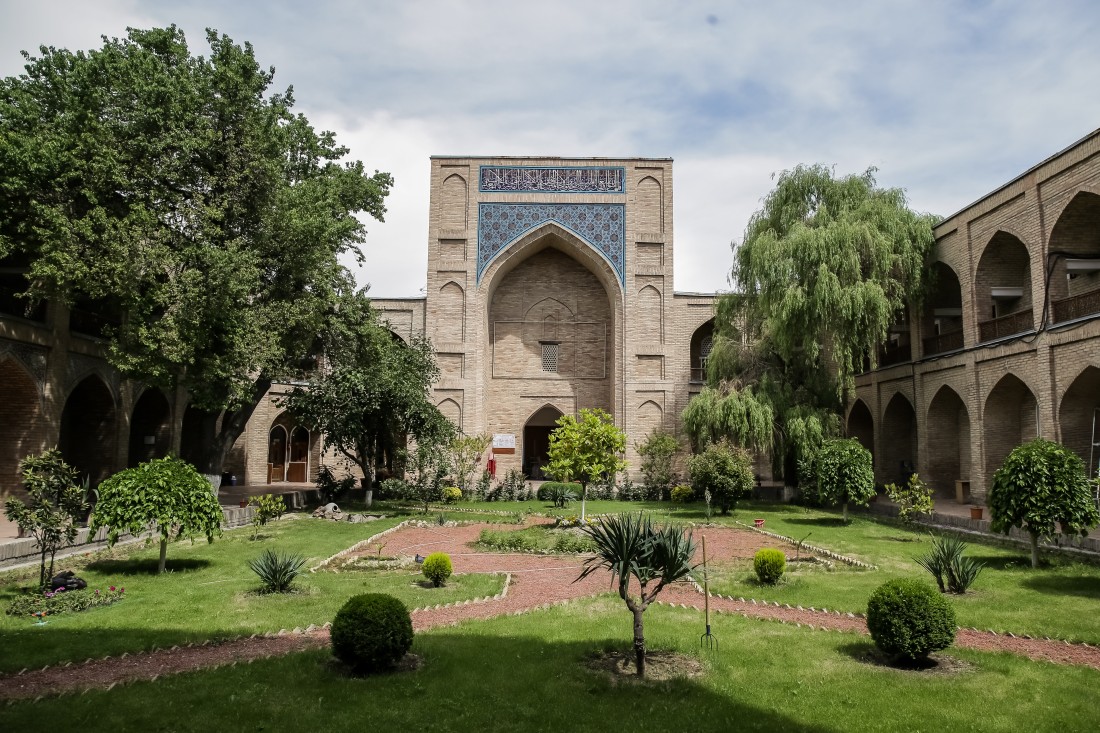
Khazrati Imam Complex
One of the spiritual monuments of Tashkent is the Khazrati-Imam ensemble, popularly called Khast-Imam. The square is located in the hinterland of the old city, which survived the strongest earthquake in 1966. The complex was built near the burial place of the first Tashkent imam - Kaffal ash Shoshi, who was a scientist and religious figure. The complex consists of Tillya Sheikh Mosque, Abu Bakr Kaffal Shashi Mausoleum, Barak Khan Madrasah and Imam al-Bukhari Islamic Institute.
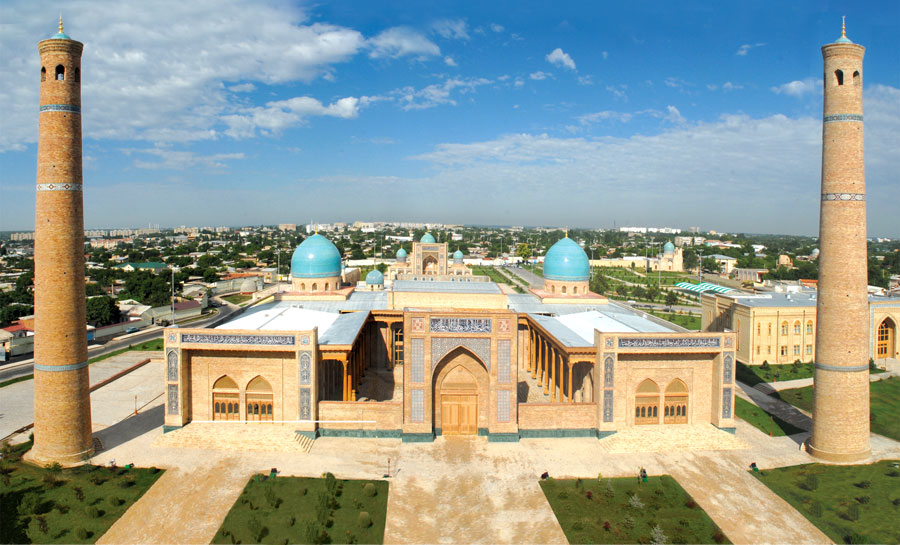
Mausoleum of Muyi Khalfa bobo
Muyi-buva (nicknamed Halfa) was originally from Samarkand, studied carpentry in Karshi. Arriving in Tashkent at the beginning of the XIX century, he built a tomb for himself.
According to historians, the construction of the mausoleum was completed in 1845. The mausoleum is a rectangular building with one square room – gurkhana, where the tombstones of Muyi Khalfa-bobo and his son – Umar Khan are located.
In 2007, the building was renovated.
The mausoleum of Sheikh Zaynutdin-Bobo
Sheikh Zaynutdin Kuyi Orifon Al-Toshkandi was the son of the founder of the Sufi order of Suhrawardia – Sheikh Zianutdin Jahim Suhrawardi. It was the father who sent his son, Sheikh Zaynutdin, to Tashkent to preach the ideas of this Sufi order. Sheikh Zaynutdin himself is buried in the village of Orifon outside the gates of Kukcha.
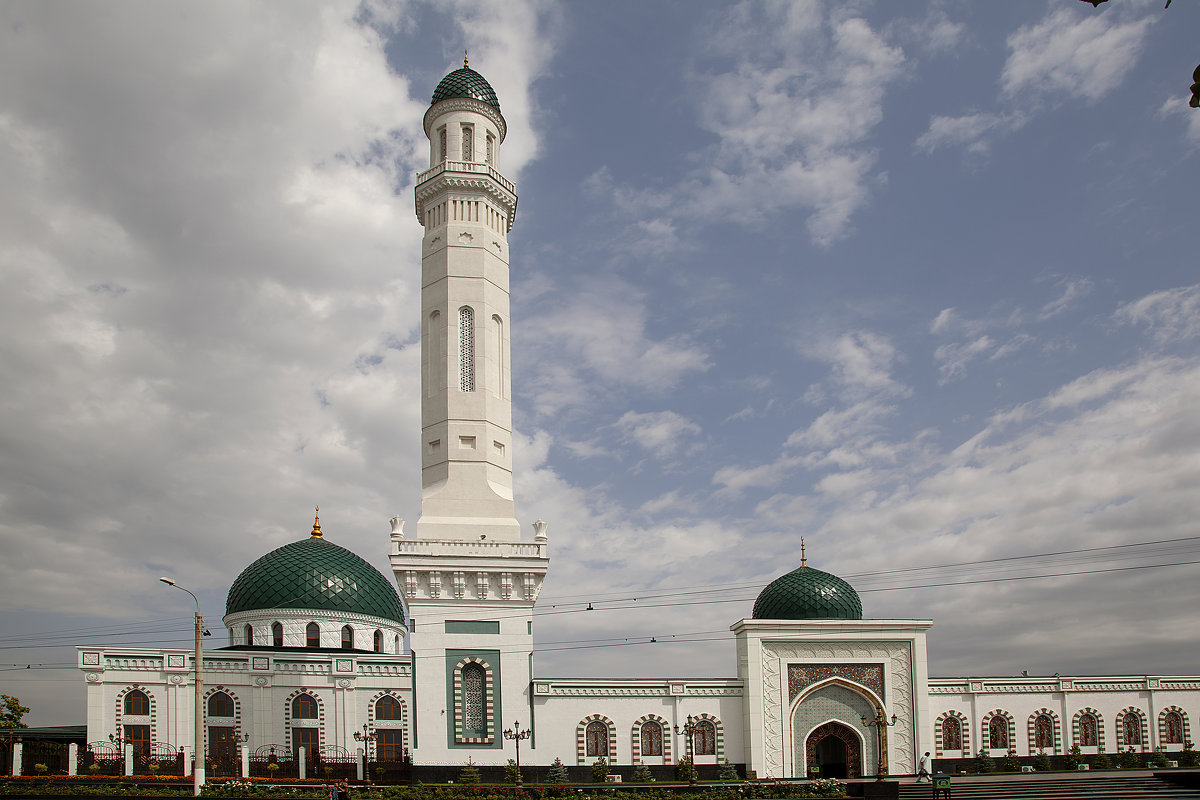
The mausoleum is located in the area of Kukcha of Tashkent. The tomb of the sheikh and the followers of his school are located here. The mausoleum building was built several centuries after the death of Zaynutdin-bobo, in the XIV century by Amir Temur himself before his campaign in India.An interesting place in the mausoleum is the late-dark cell - chillahona, which previously served as an underground observatory, where Sheikh Zaynutdin conducted 40-day meditations.The building was reconstructed at the end of the XIX century.
Leave a comment
By logging in, you agree to the processing personal data
See also
Workhours: 9:00-18:00, Mn-Fr
For any questions
Uzbekistan


 UZB
UZB RUS
RUS JPN
JPN ARA
ARA FRA
FRA CN
CN DE
DE POR
POR ESP
ESP TUR
TUR ITA
ITA HIN
HIN MAL
MAL





A comment